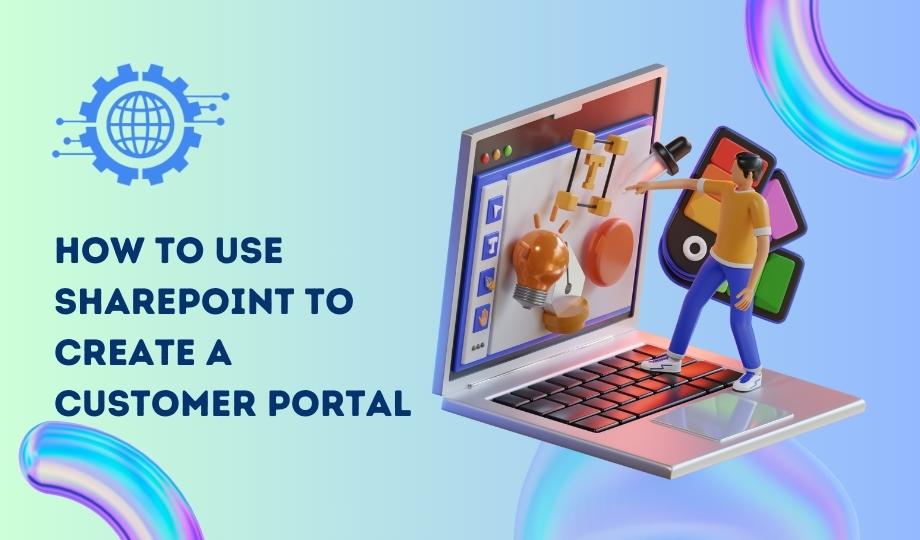To create a customer portal using SharePoint, you can follow these steps:
1. Plan your portal. What features do you want to include in your portal? What information do you want to share with your customers? Once you have a plan, you can start to implement your portal.
2. Create a SharePoint site. You can create a new SharePoint site or use an existing one. If you are creating a new site, be sure to choose a template that is designed for customer portals.
3. Add content and features. You can add a variety of content and features to your customer portal, such as:
- Product information: You can add information about your products and services to your portal, such as product descriptions, specifications, and pricing.
- Knowledge base: You can create a knowledge base to answer common customer questions and to provide support documentation.
- Support tickets: You can allow customers to submit support tickets through your portal. This can help you to track and resolve customer issues more effectively.
- Community forums: You can create community forums where customers can ask questions, share ideas, and discuss your products and services.
4. Customize your portal. You can customize SharePoint to match your organization’s branding and to meet the specific needs of your customers. You can also add custom features and functionality using SharePoint’s APIs.
5. Promote your portal. Once your portal is up and running, you need to promote it to your customers. Let them know what features are available and how to use them. You can also encourage them to provide feedback and suggestions.
Here are some additional tips for creating a customer portal using SharePoint:
Use a mobile-friendly design. Your customer portal should look good and function well on all devices, including desktop computers, laptops, tablets, and smartphones. This will ensure that all of your customers can access the portal, regardless of what device they are using.
Use self-service features. Self-service features can help customers to find the information they need and to resolve issues without having to contact customer support. For example, you could add a self-service knowledge base or a self-service support ticket system to your portal.
Use gamification. Gamification features, such as badges, leaderboards, and points, can motivate customers to use your portal and to participate in the community forums.
Get feedback from your customers. Get feedback from your customers about their experience with the portal. This feedback can help you to identify areas where the portal can be improved.
By following these tips, you can use SharePoint to create a customer portal that is informative, engaging, and easy to use.

